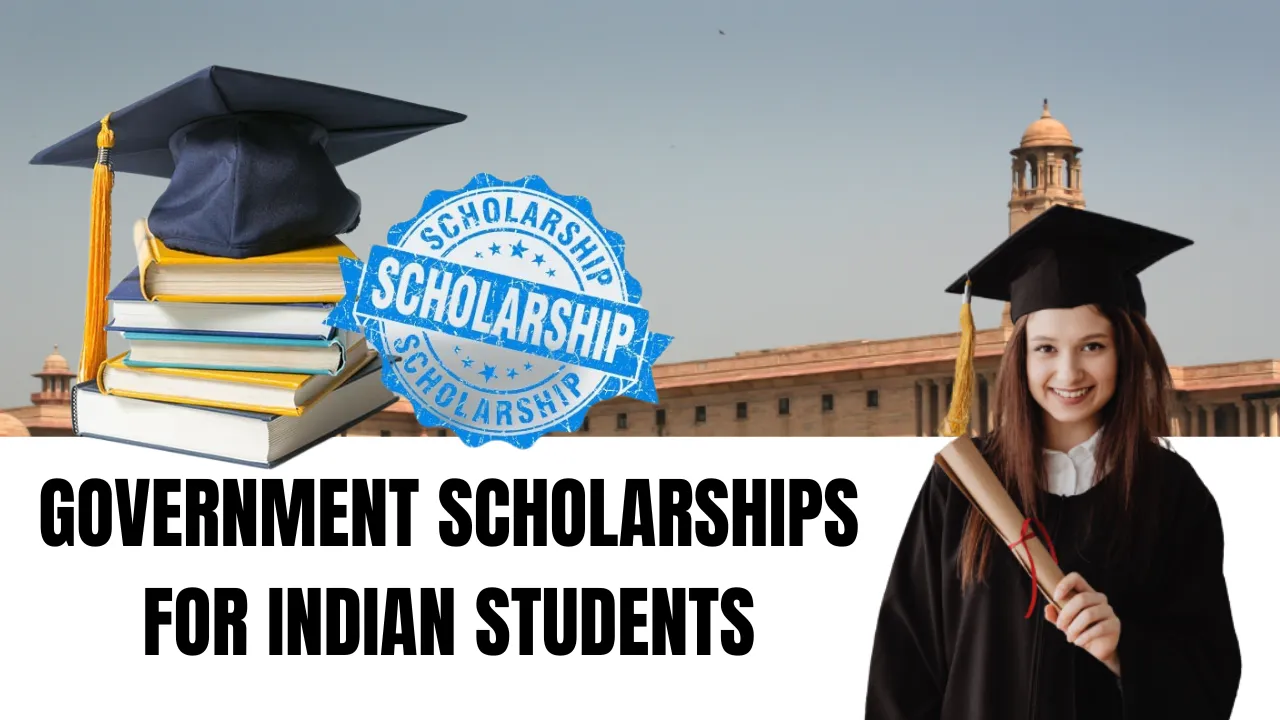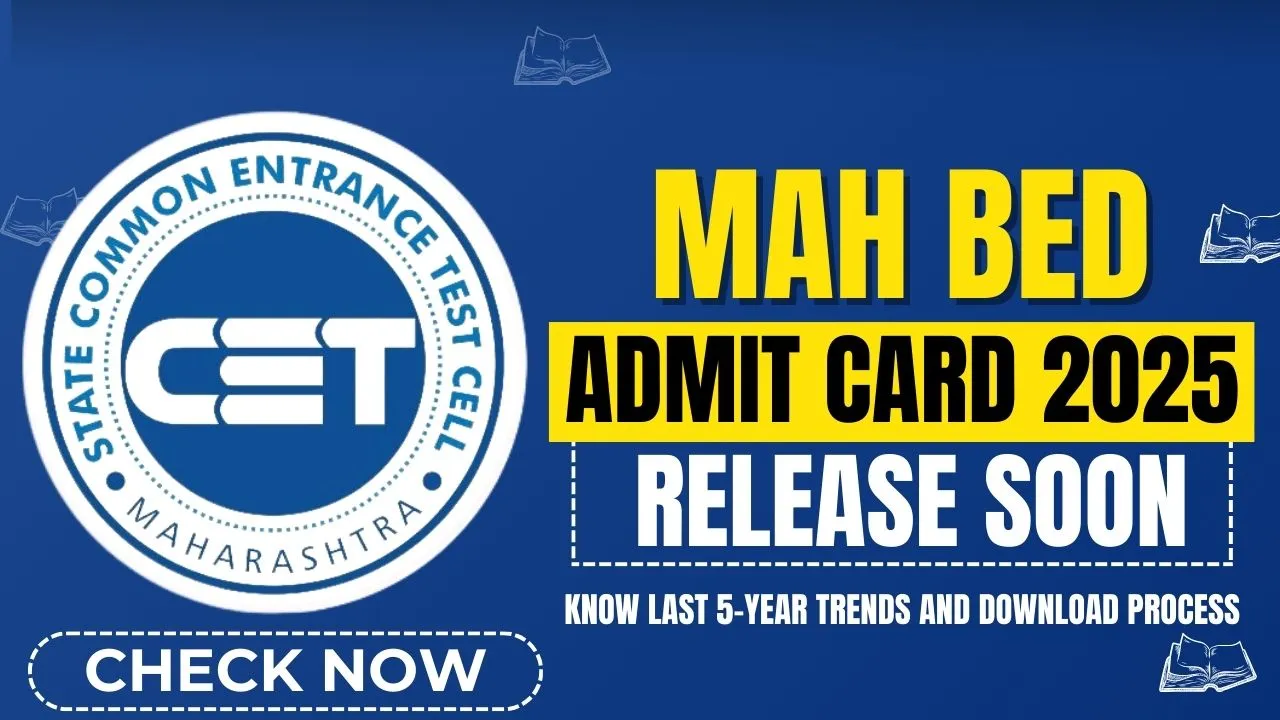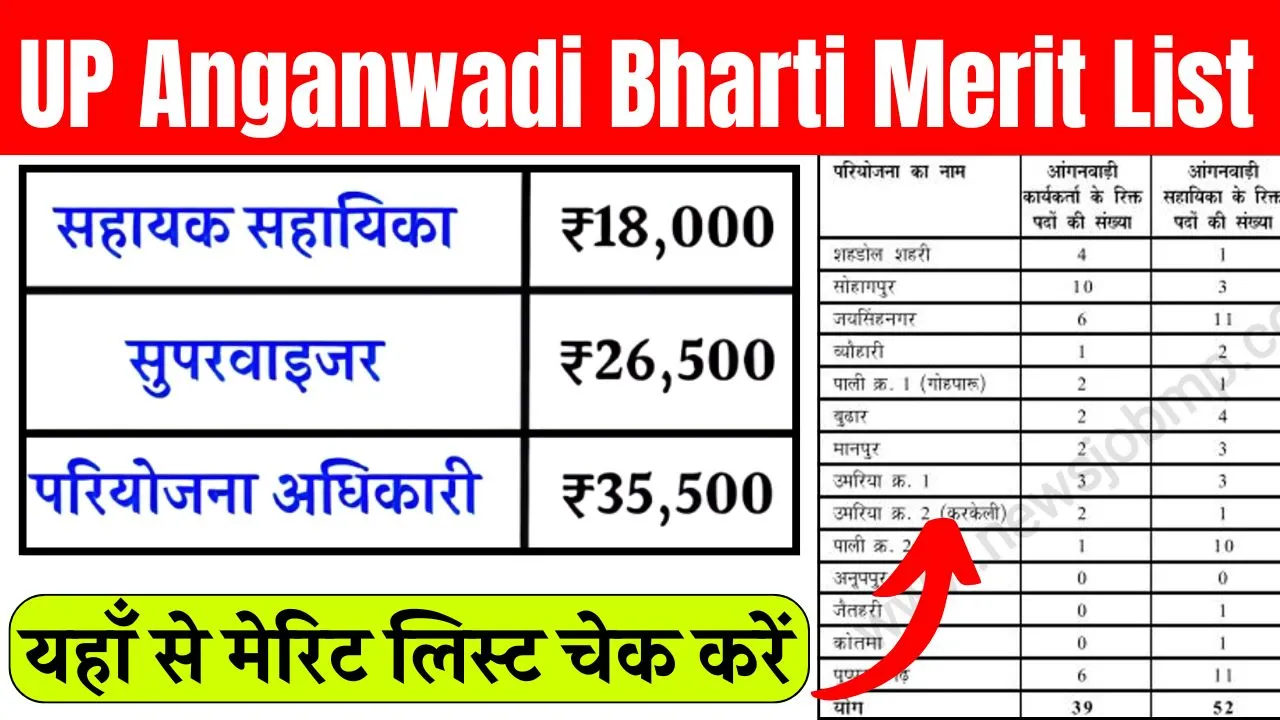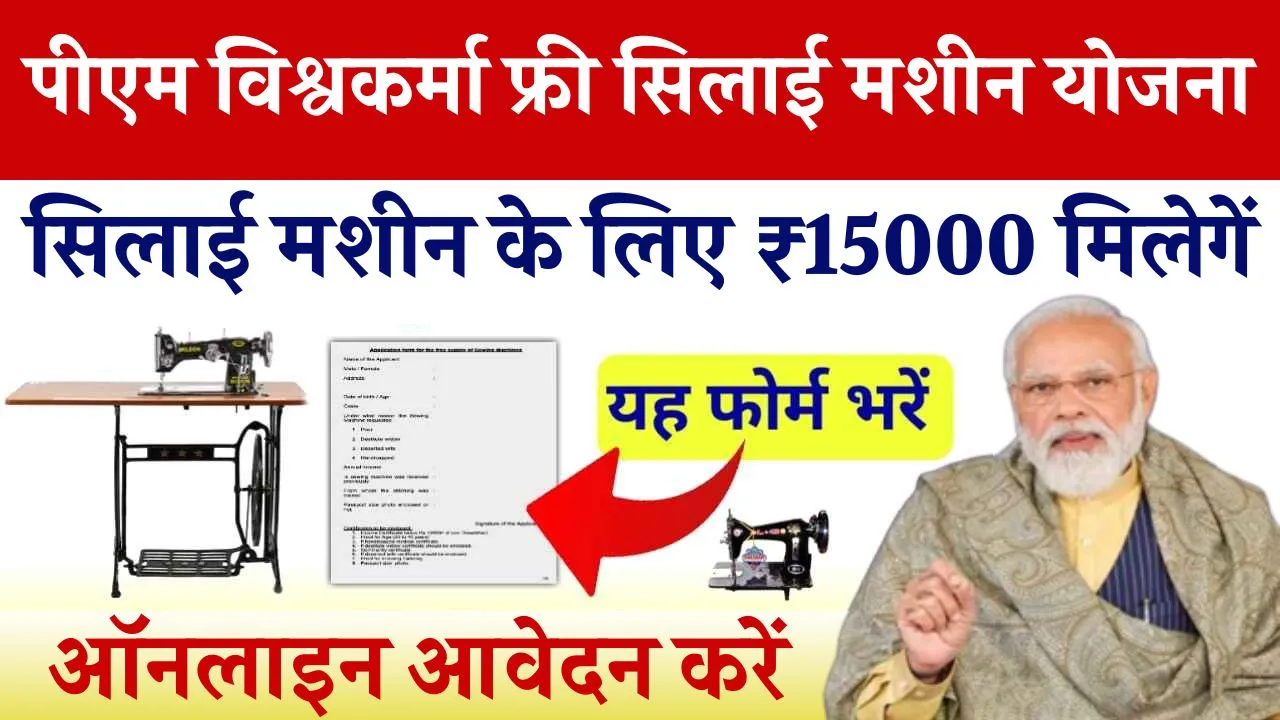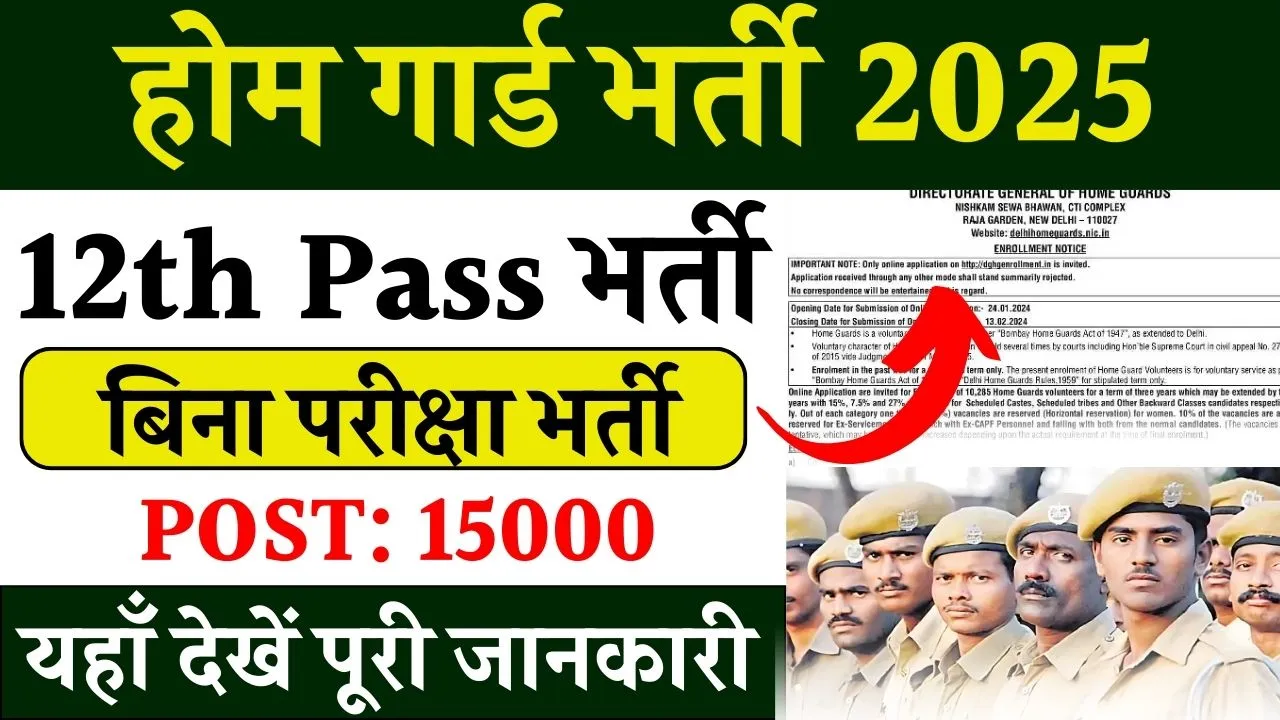Education is one of the strongest tools to shape an individual’s future, but financial limitations often hinder the academic dreams of many talented students. In India, to bridge this gap, several government scholarships for Indian students are offered both at the central and state levels. These scholarships play a crucial role in providing financial assistance to students from different backgrounds, ensuring that they can continue their education without being burdened by financial stress.
Covering tuition fees, academic expenses, and sometimes living costs, these programs support students at various stages of education—from school to postgraduate and doctoral levels. This article offers a complete overview of prominent government scholarships, eligibility conditions, how to apply, and essential deadlines to help students make informed choices.
Central Government Scholarships for Indian Students
Several scholarship programs are provided by the central government targeting students across various education levels. These programs are designed to help meritorious and underprivileged students continue their academic journey.
National Means Cum Merit Scholarship (NMMS)
The NMMS scheme focuses on students in Classes 8 to 12 who come from economically weaker sections. Eligible students must secure a minimum of 55% marks in Class 7, and their family income should not exceed ₹3.5 lakh annually. Selected students receive ₹12,000 per year to support their studies. The application process is conducted through the National Scholarship Portal, with applications typically closing in August.
Post-Matric Scholarship for SC/ST/OBC Students
This scholarship supports students belonging to Scheduled Castes (SC), Scheduled Tribes (ST), and Other Backward Classes (OBC) pursuing education from Class 11 to doctoral levels. The income limit is ₹2.5 lakh annually for SC/ST students and ₹1 lakh for OBC students. The scholarship covers tuition fees along with a monthly stipend, making education affordable for socially disadvantaged groups. Applications are accepted via the National Scholarship Portal, generally by September.
National Fellowship for ST Students
This fellowship is meant for Scheduled Tribe students pursuing undergraduate, postgraduate, or PhD courses. Selected PhD students receive ₹25,000 monthly, while postgraduate students receive ₹18,000 monthly. Applications are invited through the National Scholarship Portal, with deadlines generally in October.
AICTE Pragati and Saksham Scholarships
These scholarships are provided by the All India Council for Technical Education (AICTE). The Pragati Scholarship is specifically for female students pursuing technical education, while the Saksham Scholarship benefits differently-abled students in similar fields. Each scholarship grants ₹50,000 annually for tuition fees and related academic costs. Applications can be submitted through the AICTE portal, usually before November.
Prime Minister’s Scholarship Scheme (PMSS)
The PMSS targets children of ex-servicemen, police, and CAPF personnel pursuing professional degree courses like engineering, medicine, or law. Male students receive ₹3,000 per month, while female students receive ₹3,500 per month. Applications are processed via the Kendriya Sainik Board portal, typically closing in December.
State Government Scholarships for Indian Students
In addition to centrally-funded scholarships, several state governments have launched financial aid programs aimed at supporting students from their regions. These scholarships are based on merit, income level, and social background.
Mukhyamantri Medhavi Vidyarthi Yojana (Madhya Pradesh)
Offered by the Madhya Pradesh government, this scheme is for meritorious students who secure 75% in MP Board exams or 85% in CBSE/ICSE Class 12 exams. The scholarship covers full tuition fees for professional courses, including engineering, medicine, management, and law. Applications are processed through the MP Scholarship Portal, with deadlines usually falling in September.
RTE Scholarship (Maharashtra)
Under the Right to Education Act, the Maharashtra government offers this scholarship to students from low-income families attending private schools. Families with an annual income below ₹1 lakh are eligible. The scheme covers 100% of tuition fees, with applications accepted via the Maharashtra RTE Portal before April.
West Bengal Swami Vivekananda Merit-Cum-Means Scholarship
This scholarship supports meritorious students from West Bengal enrolled in undergraduate, postgraduate, and technical courses. Undergraduate students are awarded ₹5,000 per month, while postgraduate students receive ₹8,000 per month. Applications are made through the WBMDFP portal, with deadlines usually in September.
Steps to Apply for Government Scholarships
Students interested in applying for scholarships should follow these steps:
- Visit the official scholarship portal, such as the National Scholarship Portal, AICTE website, or the respective state government’s portal.
- Register using a valid Aadhaar number, mobile number, and email ID.
- Fill in the application form with accurate personal and academic details.
- Upload necessary documents, including income certificate, caste certificate (if applicable), marksheets, and Aadhaar card.
- Submit the form and download the confirmation receipt for future reference.
Tips to Maximize Scholarship Opportunities
Applying for government scholarships requires careful planning. Here are some useful tips:
- Apply well in advance to avoid last-minute technical issues.
- Check eligibility criteria carefully before starting the application.
- Ensure that all uploaded documents are clear and in the prescribed format.
- Regularly visit official portals to stay updated on deadlines and changes.
- Review the application thoroughly to prevent errors that could lead to rejection.
Conclusion
The various government scholarships for Indian students have made higher education more accessible, particularly for students from financially weaker and marginalized backgrounds. These scholarships offer critical support by covering tuition fees, academic expenses, and additional costs, enabling students to pursue their academic goals without financial barriers.
Understanding eligibility criteria, important deadlines, and the application process can significantly increase the chances of securing financial aid. By making use of these scholarships and applying on time, students can focus on their studies and build a successful career without worrying about financial constraints.
FAQs
Who is eligible to apply for government scholarships in India?
Government scholarships are available to school, undergraduate, postgraduate, and doctoral students. Eligibility is based on factors like academic merit, family income, and social categories such as SC, ST, OBC, or differently-abled status.
Where should students apply for government scholarships?
Most scholarships can be applied for through portals like the National Scholarship Portal (scholarships.gov.in), AICTE portal, or specific state government websites.
Are general category students eligible for government scholarships?
Yes, there are merit-based scholarships like Pragati and various state-level programs available for general category students as well.
Can a student apply for more than one scholarship?
Students can apply for multiple scholarships, but they must check individual guidelines as some schemes may not allow the combination of benefits.
What documents are generally required for scholarship applications?
Typically, documents such as Aadhaar card, income certificate, caste certificate (if applicable), academic marksheets, and a bank account passbook are required.
